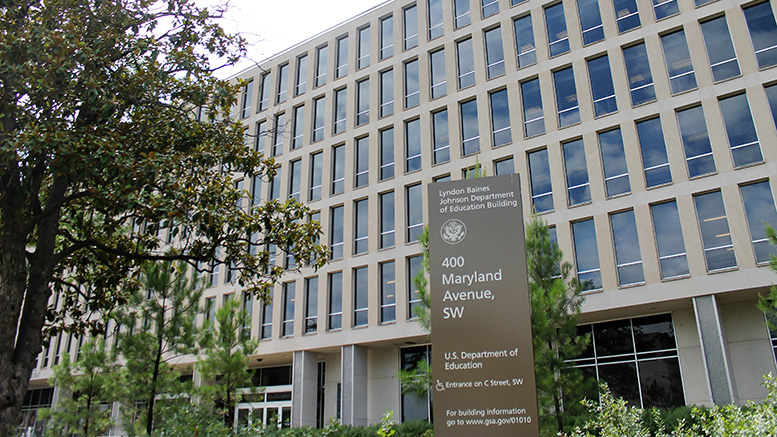The U.S. Department of Education last Friday released its long-awaited proposed regulations governing how institutions must treat allegations of sexual harassment to be in compliance with Title IX. Community college leaders will want to familiarize themselves with all aspects of the regulations, which differ from Obama administration guidance in many respects.
A full analysis of the regulations is beyond the scope of this article, and many aspects of the regulation have been reported in CCDaily and other press outlets, but a few key features of the proposed regulations are especially relevant to community colleges. It is also important to remember that the regulations are only proposed, and could change before they are finalized.
When an institution is ‘on notice’
One of the most substantial changes in the proposed regulations details when an institution is deemed to have notice of possible sexual harassment to which it has an obligation to respond.
Under current regulations and guidance, this obligation happens when a college knows or should have known about the possible harassment. Under the proposed regulations, the institution only has an obligation to respond under Title IX when it has actual notice of an alleged incident. This only occurs when a report is made to the institution’s Title IX coordinator or another employee who has authority to take corrective action on behalf of the institution.
This stands in stark contrast to current practice, where a report to any “responsible employee” triggers an obligation to respond. In practice, many colleges have determined that a wide swath of their employees are “responsible employees,” including adjunct professors. The new regulations may spur colleges to re-examine their policies in this area.
Due-process requirements
The proposed regulations delineate due-process protections that must be accorded to the parties in sexual harassment disciplinary proceedings. Failure to meet these requirements could itself be a Title IX violation. On the other hand, if an institution follows a process that meets the requirements in a given case, the institution will not run afoul of Title IX.
Disciplinary proceedings must involve many things that colleges are likely doing already, such as providing sufficient and timely notice of relevant actions to both parties.
But for many community colleges, especially smaller institutions, some of the new requirements may go beyond current practice. For instance, the Title IX coordinator, investigator and decision maker (or makers) for any given case must all be different people. The “single investigator” model, where one person plays more than one of these roles, would no longer be allowed, potentially straining personnel resources at smaller institutions.
In addition, colleges must make the final determination in a case in a live hearing where the parties, through their advisors, have the option to cross-examine one another. If one of the parties does not have an advisor, the institution must provide one.
Off-campus incidents
Where and in what circumstances an incident must occur to trigger Title IX obligations has long interested community colleges, as most of their students live off campus, and colleges often offer programming and activities in a wide variety of settings.
The proposed regulations, like earlier guidance, state that an institution is obliged to respond to conduct that occurs within its “education program or activity.” The proposed regulations cite a number of factors, drawn from legal opinions, which factor into this determination. These include whether the college owns the premises; exercises oversight, supervision or discipline; or funded, supported, promoted or endorsed the event or circumstance.
The regulations specify that there is no geographical bright line between incidents that trigger a Title IX obligation and those that do not, except for incidents that happen outside of the country (even if they are within an education program or activity).
Consequently, as is currently the case, off-campus incidents may trigger Title IX obligations if the institution determines they are within its education program or activity. The Obama administration’s 2011 guidance, however, also suggested that schools may have a Title IX obligation to respond to student-on-student sexual harassment that initially occurred off campus and outside of an institution’s education program or activity if there were “continuing effects” from an off-campus incident that create a hostile environment for the student on campus. Critically, the proposed regulations do not seem to encompass these situations.
Not the final word on institutional action
Finally, it’s important to note that the proposed regulations constitute a floor – the minimum steps an institution must take in order to comply with Title IX. In most cases, institutions are free to go beyond what is required in the regulations, as long as their policies are consistent with them. For instance, they may choose to respond to activity even when no report has been made or help students involved in off-campus incidents.





